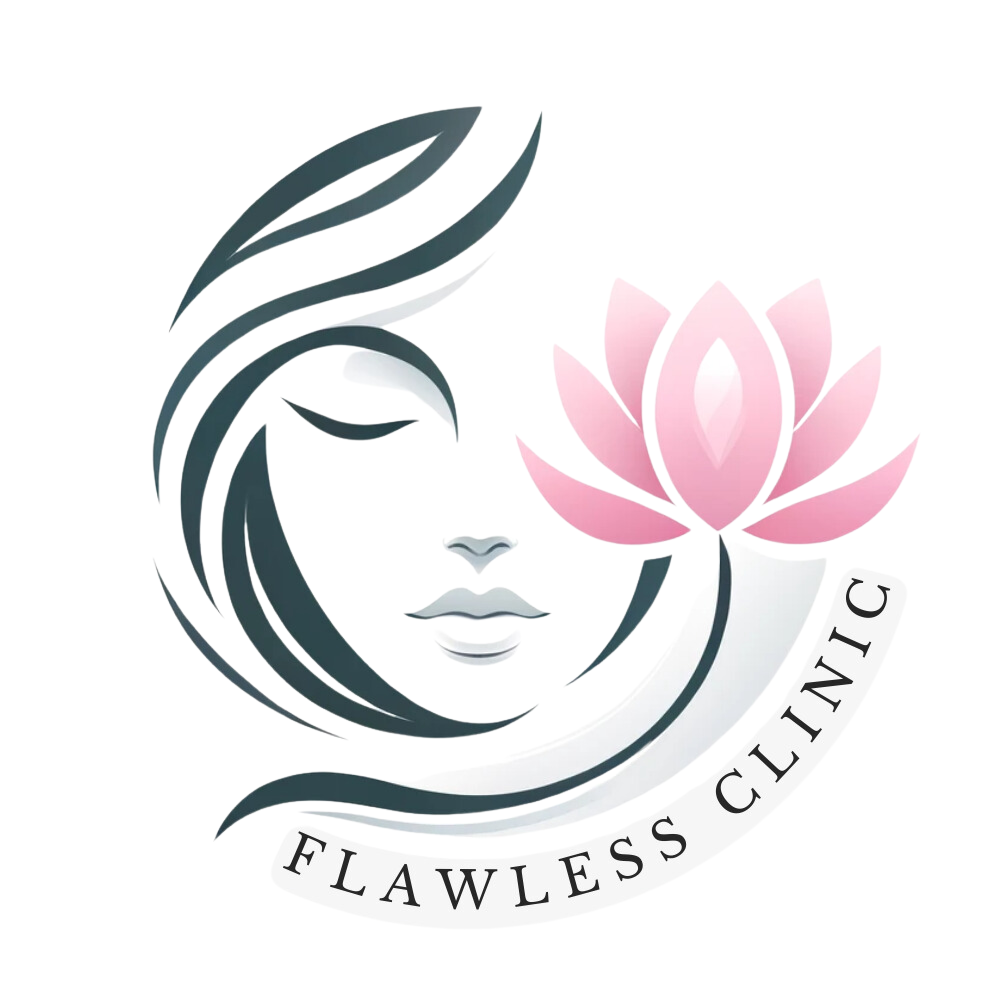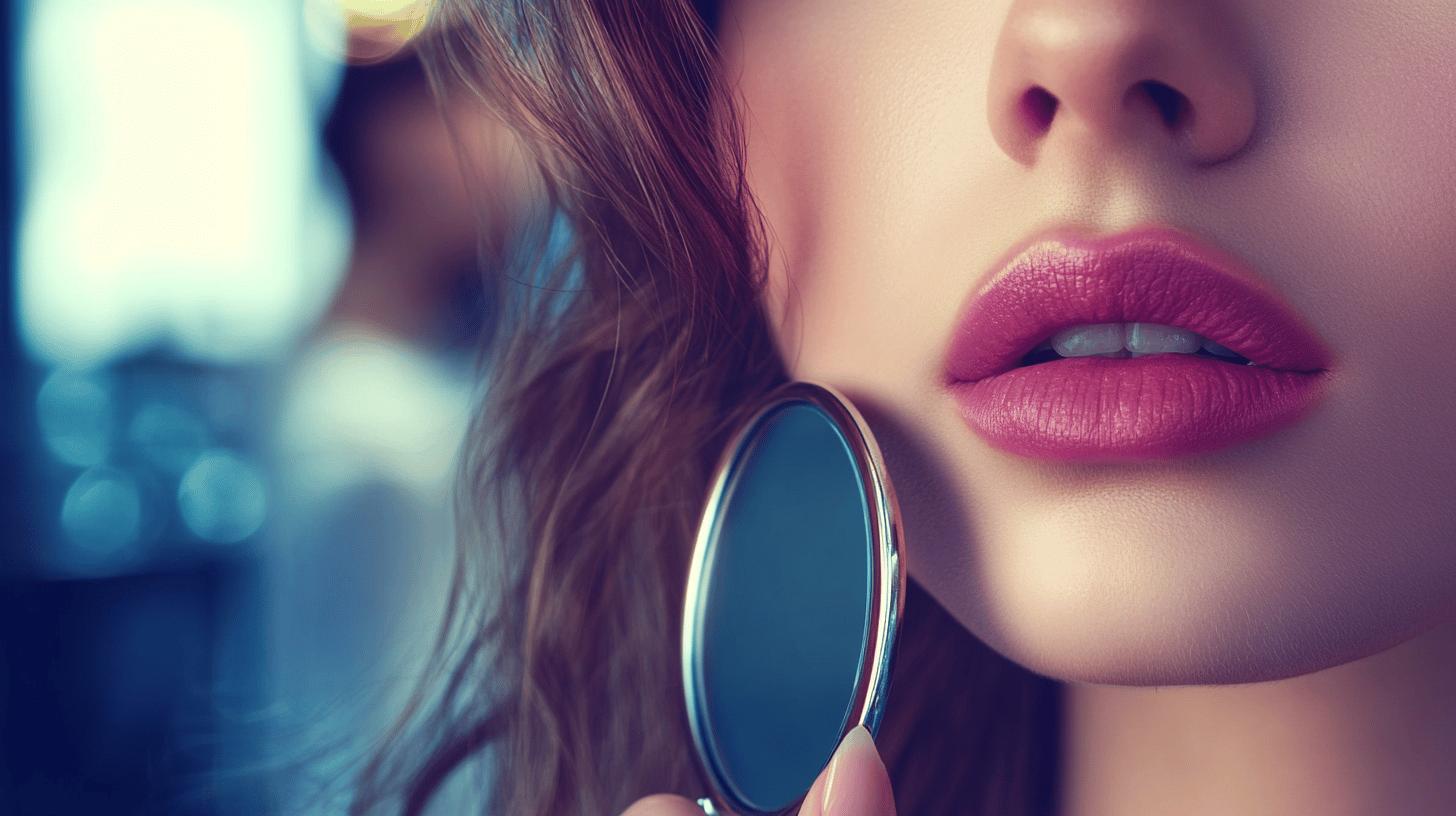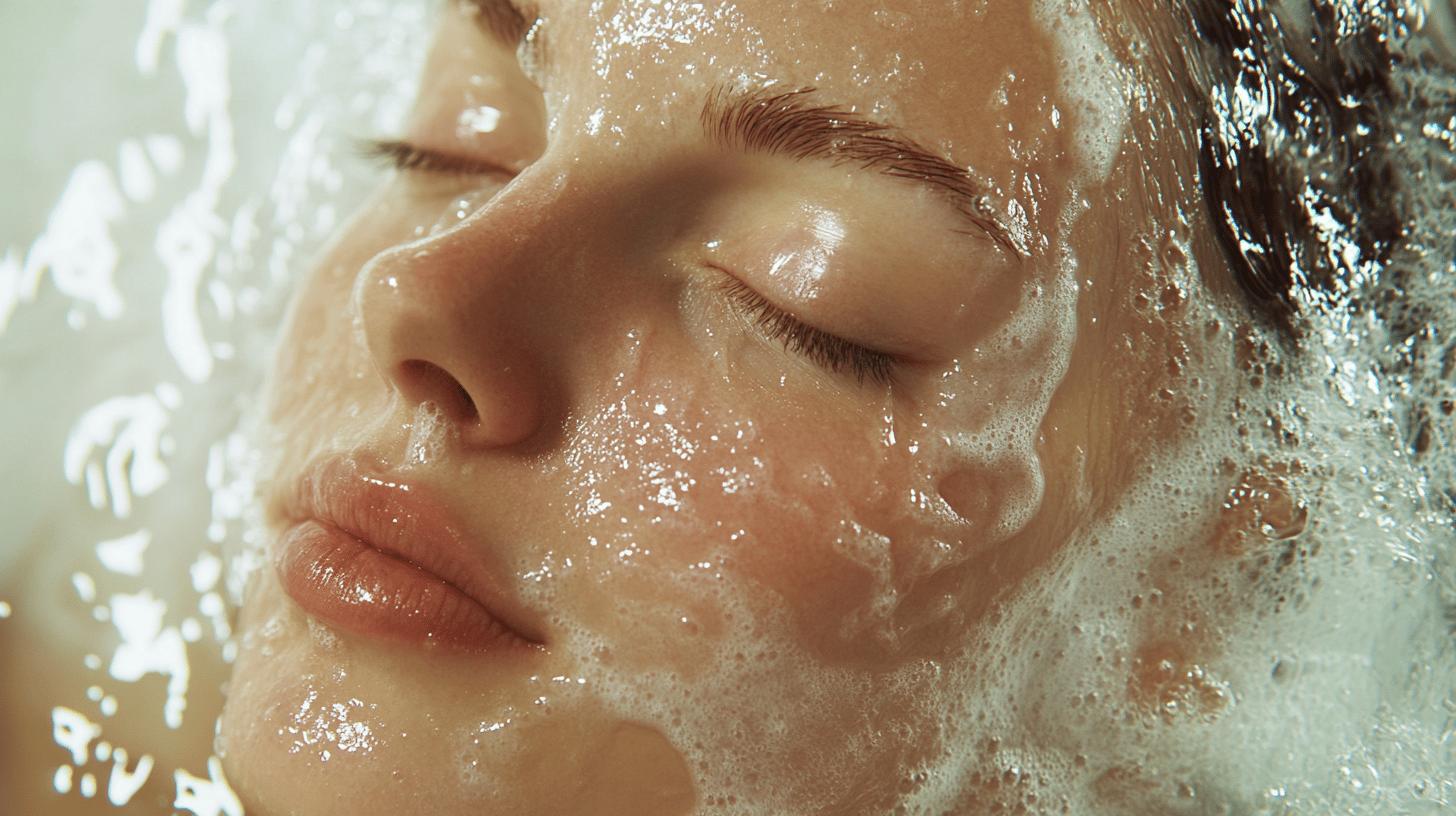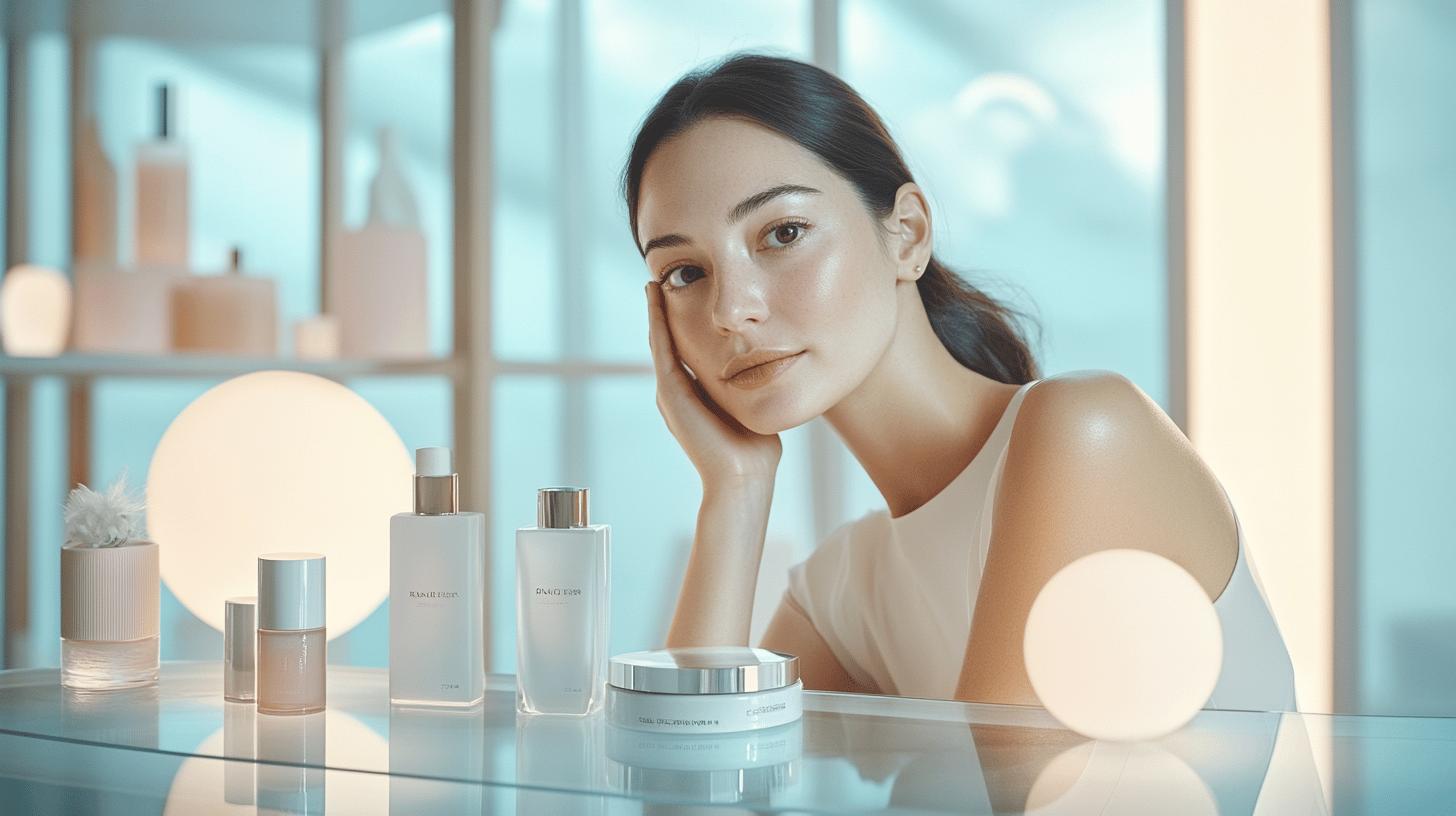Are dermal fillers the secret weapon to youthful beauty, or are they more akin to beauty myths that fuel misunderstandings in Wellington? As over one million individuals globally turn to fillers each year, umpteen myths continue to cloud their reputation—from alleged toxicity to claims of irreversible effects and unbearable pain. In this guide, we aim to debunk these widespread myths and provide well-researched insights into the truth about dermal fillers. Discover how dispelling these misconceptions can help you make informed decisions about enhancing your natural beauty safely and effectively.
Understanding Common Myths About Dermal Fillers
Dermal fillers have become a popular choice for those seeking to maintain or enhance their youthful appearance, with over 1 million treatments performed annually. Despite their widespread use, many myths persist about these aesthetic procedures, often rooted in misinformation. Common misconceptions suggest that dermal fillers are toxic, lead to permanent changes, or cause significant pain. However, these concerns are largely unfounded when treatments are administered by trained professionals. The effects of fillers are temporary, typically lasting between six months to two years, allowing flexibility for those considering enhancement.
- Dermal fillers are toxic and unsafe.
- The effects of dermal fillers are permanent.
- Fillers cause significant pain during application.
- Fillers lead to unnatural results.
- Only women use dermal fillers.
Consulting with experienced professionals is crucial for dispelling these myths and ensuring safe and effective treatments. Clinics like flawless.clinic provide expert guidance and utilise high-quality products to achieve natural-looking results. By seeking out qualified practitioners, individuals can confidently explore the benefits of dermal fillers without falling prey to common misconceptions.
Myth: Dermal Fillers Cause Unnatural Results
A prevalent misconception about dermal fillers is that they inevitably result in an unnatural appearance. This myth often originates from media portrayals, where unfortunate cosmetic outcomes, particularly among celebrities, are spotlighted. These high-profile cases can create a skewed perception, leading individuals to worry that any use of fillers will result in exaggerated or artificial-looking features. However, it is essential to understand that such outcomes are not the norm when fillers are applied correctly. When administered by experienced professionals, dermal fillers offer subtle enhancements that harmonise with a person’s natural facial structure, ensuring an aesthetically pleasing and natural-looking result.
Reasons why fillers may appear unnatural:
- Overuse of fillers leads to exaggerated features.
- Incorrect placement by inexperienced practitioners.
- Use of inappropriate filler types for specific facial areas.
- Lack of personalised treatment plans tailored to individual facial anatomy.
Selecting skilled practitioners is crucial for achieving natural results with dermal fillers. Clinics like flawless.clinic employ qualified professionals who are adept at tailoring treatments to individual needs, focusing on enhancing one’s natural beauty rather than altering it drastically. By choosing experienced providers, individuals can avoid the pitfalls associated with poorly executed filler applications and enjoy the benefits of a refined and naturally enhanced appearance.
Myth: Dermal Fillers Are Painful

The belief that dermal fillers cause significant pain is a common concern among those considering aesthetic enhancements. This fear often deters individuals from pursuing treatments that could enhance their natural beauty. However, the perception of pain is largely exaggerated. Many patients report that the sensation experienced during the procedure is comparable to a mosquito bite, which is generally considered mild and tolerable.
Pain management is a key component of dermal filler procedures, ensuring patient comfort throughout the treatment. Most fillers contain a small amount of a local anaesthetic, such as lidocaine, which helps to numb the area and minimise discomfort. Additionally, practitioners often apply a topical numbing cream to the skin before the injection, further reducing the sensation. As a result, the majority of patients find the procedure to be relatively painless and straightforward. By understanding the reality of the process, individuals can make informed decisions free from the myths that surround the pain associated with dermal fillers.
Myth: Fillers Are Unsafe
Concerns about the safety of dermal fillers are common, especially among those new to aesthetic procedures. The myth that fillers are inherently unsafe can stem from stories of poorly executed treatments that result in adverse effects. However, precision in addressing these concerns is crucial. Are dermal fillers unsafe? No, they are safe when administered by trained professionals. The reality is that the risks associated with dermal fillers are significantly minimised when procedures are performed by qualified practitioners who understand facial anatomy and use high-quality products. The key is ensuring the right techniques and materials are employed, contributing to both the safety and success of the treatment.
Choosing a reputable clinic is vital for ensuring the safety and efficacy of dermal fillers. For Wellington residents, clinics like flawless.clinic represent responsible aesthetic practices where patient safety is a priority. How does one ensure a safe dermal filler application? By selecting experienced professionals who are well-versed in the nuances of filler injections. These practitioners not only possess the necessary credentials but also have access to reputable products and adhere to stringent procedural standards. Such clinics focus on personalised care, tailoring treatments to the unique needs of each patient, thereby mitigating risks and enhancing outcomes.
Regulatory standards play a crucial role in maintaining the safety of dermal fillers. Are there safety regulations for dermal fillers? Yes, dermal fillers are subject to rigorous regulatory controls. Products used in aesthetic treatments must comply with health and safety standards set by medical regulatory bodies. This ensures that only approved and tested products reach the market. Additionally, practitioners must follow guidelines that dictate safe injection practices and patient care protocols. Adherence to these standards is essential for maintaining the highest levels of safety and patient satisfaction.
Myth: Fillers Are Only for Women
A common myth surrounding dermal fillers is that they are exclusively a woman’s domain, but this is far from accurate. Dermal fillers have seen a significant rise in popularity among men, breaking the gender stereotype that these treatments are only for women. Why do men choose dermal fillers? To address age-related changes and maintain a youthful appearance. Many men are turning to non-surgical enhancements to improve facial contours and rejuvenate their appearance subtly. This trend reflects a broader acceptance of aesthetic procedures among men, who, like women, seek to preserve their natural beauty and confidence as they age. As awareness continues to grow, more men are exploring their aesthetic options to achieve a refreshed look without invasive surgery.
How can dermal fillers enhance masculine features? By adding volume and definition to areas such as the jawline, chin, and cheeks, fillers can enhance masculine facial features, providing a more chiseled appearance. These enhancements not only improve the overall facial balance but also boost self-esteem. Men can achieve their desired aesthetic results with dermal fillers, knowing that these procedures are tailored to accentuate their natural features. The increasing trend of men opting for fillers underscores the evolving perception of aesthetic treatments as inclusive and beneficial for everyone, regardless of gender.
Final Words
Demystifying the use of dermal fillers is vital for those considering aesthetic enhancement. Many people are misled by myths, such as dermal fillers being toxic, permanent, or painful. However, these misconceptions do not reflect the reality. In Wellington, understanding that fillers are safe when provided by trained professionals can transform one’s approach to beauty treatments. Consultations with experienced practitioners, like those at Flawless Clinic, ensure that fillers yield natural and confident results. Embracing accurate knowledge of myths empowers residents to make informed choices about dermal fillers.
Get the facts about dermal fillers – Schedule a consultation at Flawless Clinic Wellington today!
FAQ
What don’t they tell you about fillers?
Dermal fillers may cause unexpected results if not administered by qualified professionals. They can migrate or cause lumps, especially in individuals with specific health conditions or allergies.
What are the long-term negative effects of dermal fillers?
Long-term effects of dermal fillers may include inflammation, infection, or granulomas. Such risks are minimised when the procedure is performed by experienced practitioners adhering to safety standards.
What are the danger zones for dermal fillers?
Danger zones include areas with numerous blood vessels, such as around the eyes and nose. Injecting fillers in these regions requires experienced professionals to avoid complications.
Who is not a good candidate for fillers?
Individuals with severe allergies, autoimmune diseases, or bleeding disorders might not be good candidates. A medical consultation is essential to assess each person’s suitability for fillers.







